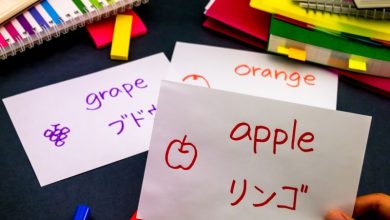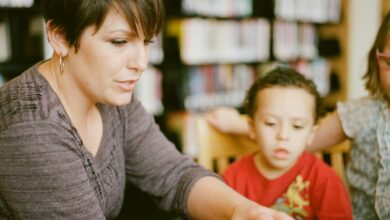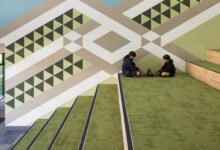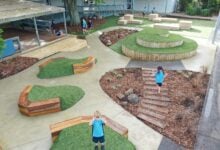
We are fortunate in Aotearoa New Zealand to have classrooms filled with myriad students, each with their own special skills, talents, gifts and abilities.
This means classrooms must be equipped to accommodate a range of leaners, and the Ministry of Education requires schools to provide an inclusive education.
Read the latest print edition of School News HERE
Different learners can include students with a physical disability, as well as sensory, hearing and sight impairments, memory problems, social or behavioural problems, and different learning abilities. Many of these students attend mainstream schools.
Creating an inclusive classroom does not mean simply accommodating students with different needs. Instead, inclusive classrooms should make all students feel welcome, regardless of their background, abilities, or learning preferences. Fostering a sense of belonging and community with all students will help them to feel safe and valued. In turn, this will improve learning outcomes for individual students and for the cohort as a whole.
Simple and practical adjustments can be made to learning environments which will benefit all learners, not just those with different learning requirements, and ensure your classroom is welcoming to all. These interventions can be complemented by a range of products, software options, and professional learning and development opportunities.
Hearing and Vision
Classrooms are busy environments and can present challenges for students with hearing or vision impairment.
Low vision can impact a student’s learning across the curriculum, depending on their condition and context. Tamariki may have difficulty processing visual information, navigating new or changing classroom layouts, and organising personal belongings and schoolwork.
Clear verbal explanations can support these students, as can adjusting learning activities and assessment. Depending on the level of vision, students may benefit from using dark pencils and felt-tipped pens and dark lined exercise books, hand-held magnifiers, and writing and reading guides. More high-tech solutions could include magnification software, voice recognition and screen reading software, and assistive technologies on laptops and tablets.
Different types of hearing loss can impact a student’s communication, language development, and social interactions. Students who are Deaf or hearing impaired may use visual cues, speech, writing, NZ Sign Language and technology such as cochlear implants and FM systems to communicate. Making these tools regular features in the classroom will ensure students with hearing impairment feel included in learning. Consider introducing NZ Sign Language as a curriculum subject, enabling captions on all video content, and encouraging Deaf and hearing impaired students to collaborate to research and share how hearing aids and technology work.
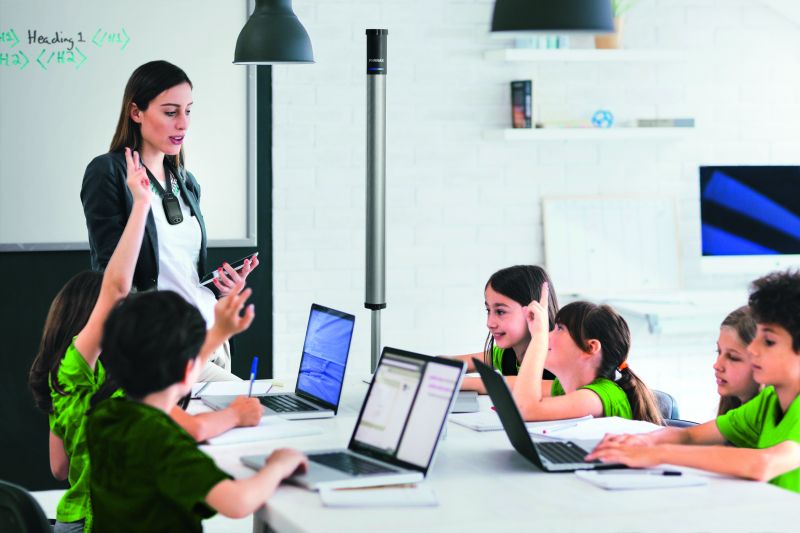
Chehanya Oflaherty from Phonak said students are often in loud, echoey spaces. “This negatively impacts how clearly they can hear, which increases their listening effort,” she said. “Did you know the average noise level in modern learning environments is equivalent to the volume of a truck driving through the classroom?”
Ms Oflaherty said Adaptive Remote Microphone Systems (ARMS) and Adaptive Soundfield Systems (ASS) are two solutions that deliver the teacher’s voice at a clear volume above the changing noise level of a classroom.
“ARMS are personal technology; the teacher wears an intelligent microphone which streams their voice directly to the child’s hearing aid/s. The microphone enables the child to better hear the voice at a distance and cleverly mitigates the impact of the surrounding classroom noise,” Ms Oflaherty said.
“ASS are a great ‘safety-net’ technology and all children in the classroom can benefit from its use. The teacher also wears a microphone, streaming their voice through the speaker. These systems not only support kids with diagnosed hearing difficulties, but also are a powerful tool to capture children with undiagnosed hearing difficulties such as those with ear infections causing temporary hearing loss. Even children with normal hearing will benefit by hearing the teacher’s voice with less listening effort.”
Autism Spectrum Disorder and neurodiverse learners
Some people perceive, interpret, understand, and interact with the world differently. Because of this, the way they best learn may not align with mainstream teaching models. No one model will suit all tamariki, and teachers and school staff should work with the student and their parents or carers to work out how best to support them. Neurodiverse learners can include those with dyslexia, ADHD, bipolar and ADD.
While autistic and neurodiverse learners may have difficulties with some aspects of the school curriculum, they may excel in others. Encourage students to learn in a way that suits them, and to explore areas that interest them.
Adam Bazzard from Sensory Sam said a sensory friendly classroom can be transformative for students and teachers, and can be achieved with a few visual, tactile, and comforting aids on hand and some imagination. “Having a stash of fidget toys, like rad rollers, infinity cubes, or stress balls can make all the difference with keeping a child calm and preventing meltdowns. Sensory resources like these can promote focus and engagement in students, particularly for ADHD hyperactivity conditions.”
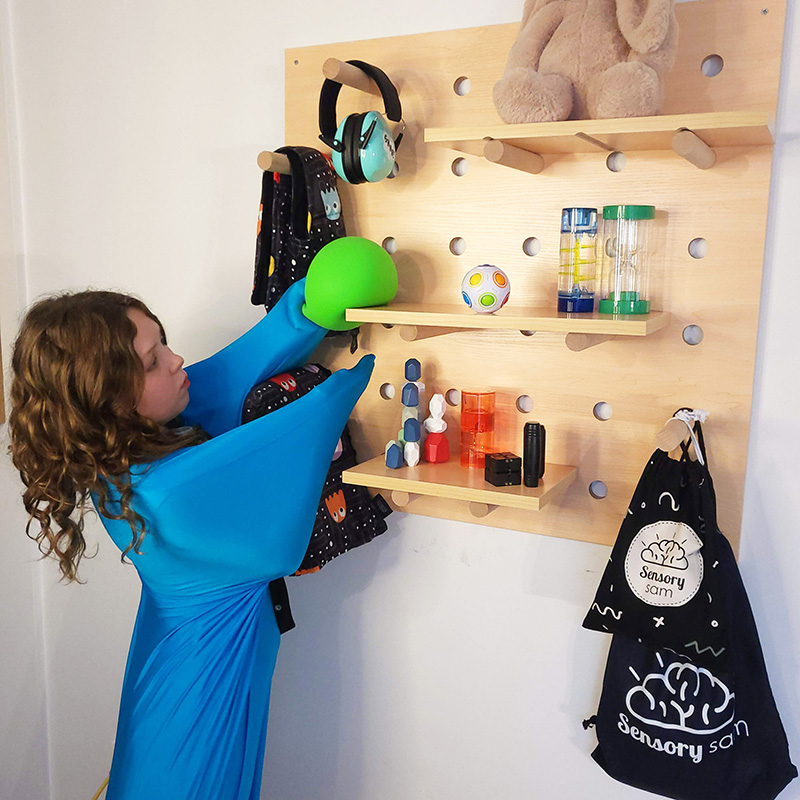
“A lifelike weight and feel (comparable to a cat) of weighted toys, sensory blackout tents and many other fidgets can all be incorporated into the classroom.”
Most sensory products have calming in mind, Mr Bazzard explained. “Sensory swings are a real hit in the classroom, so are expanding breathe balls which can help with deep breathing exercises. Visual aids like bubble timers, lava lamp tubes, and low-key lighting from fibre optic lights and bubble tubes, and liquid colour tiles all contribute to a calming classroom or corner where a child can have some time out to self-regulate incognito and re-join when ready, thus avoiding disruption.”
Regular cleaning is advised for shared sensory resources, Mr Bazzard said. “Weighted items can be machine washed on gentle cycle when needed, and using common supermarket antibacterial sprays on the fidget toys is recommended.”
Technology
Technology is a valuable learning tool for all students.
Tony Lee from Boxlight New Zealand said when we talk about technology in schools and classrooms most people think of laptops, tablets and maybe a projector or interactive whiteboard. “However, education technology extends to much more and the benefits to students are only just being understood.
“In a well-planned education space, there are new technology resources that provide seamless solutions for schools and classrooms. AV, sound, software and campus communication all work as one to create a user-friendly system that school administrators, teachers and students can all benefit from,” Mr Lee said.
“The newest technologies including co-ordinated communication systems, interactive panels, soundfield systems, STEM resources and 3D printing encourage active participation, bolster student engagement and make learning tangible and fun.
“These resources also facilitate modified teaching for students who may require additional assistance or support. As we know, students may have differing learning styles and interests and technology can easily help teachers and students adapt lessons and content to suit each learner. Technology can assist teacher collaboration, lesson preparation and reporting. When utilised correctly, it can significantly reduce teacher stress and fatigue, allowing teachers to do what they love for longer!
“The application of technology is limited only by teachers’ and students’ imaginations and creativity.”
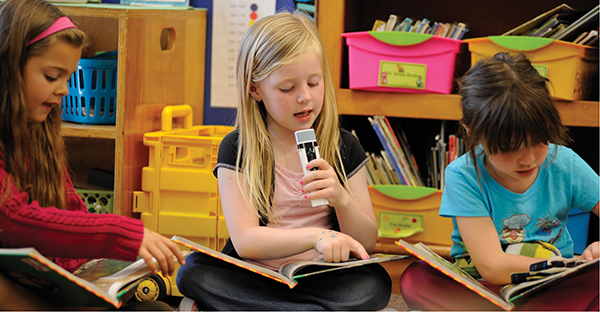
Furniture
A suite of furniture options is available to help make classrooms inclusive. Specialist companies can advise on a range of chairs for assisted sitting, tables to accommodate wheelchairs, and ramps and steps to facilitate the use of high spaces, including sinks. These may prove useful in the long and short term, for example, if a student breaks their leg and must use a wheelchair for several weeks or months.
Sensory rocking chairs, single sofas, and sofas to safely accommodate a child and carer may be useful tools in quiet spaces.
For the school grounds, tactile markings on paths and pavements can help students with low vision move safely throughout the school. Accessibility to classrooms can be improved with the addition of ramps, and pathways should be wide enough to safely accommodate a wheelchair.
Importantly, inclusive classrooms must be designed with your school’s particular context in mind. Each community, school, and cohort will require different accommodations to welcome all students and their families. Continued communication between school leaders, staff, students, and parents and carers will ensure everyone feels included.



